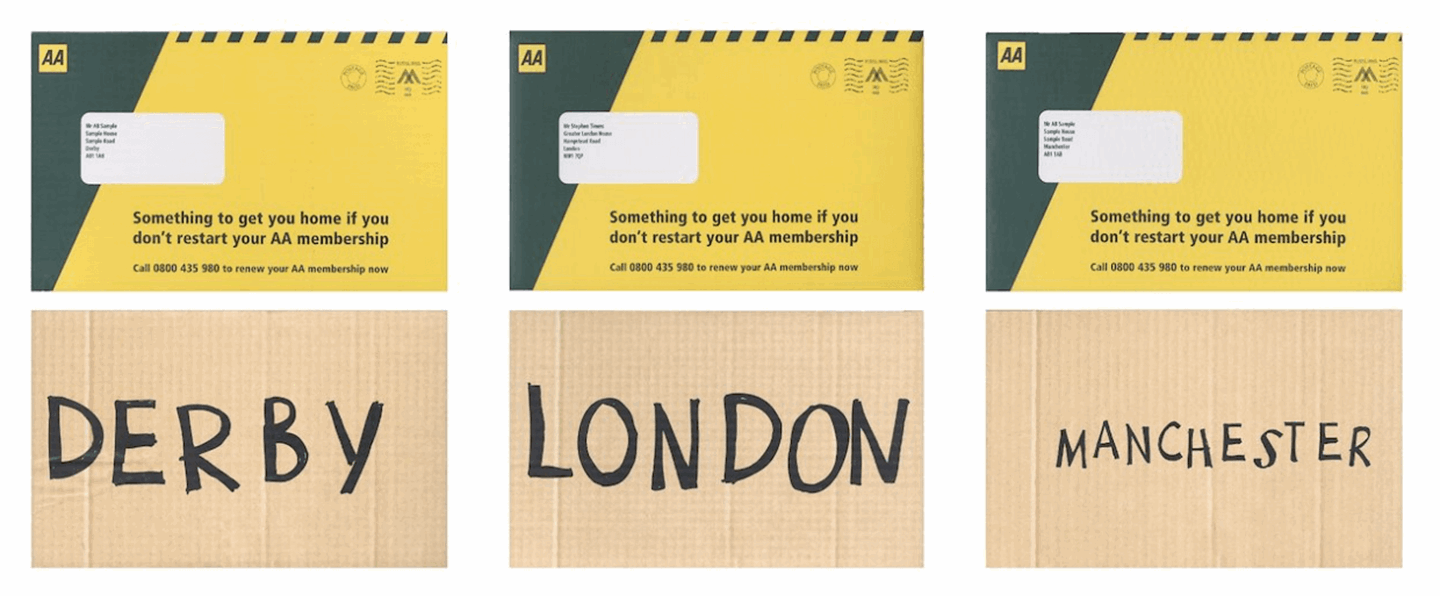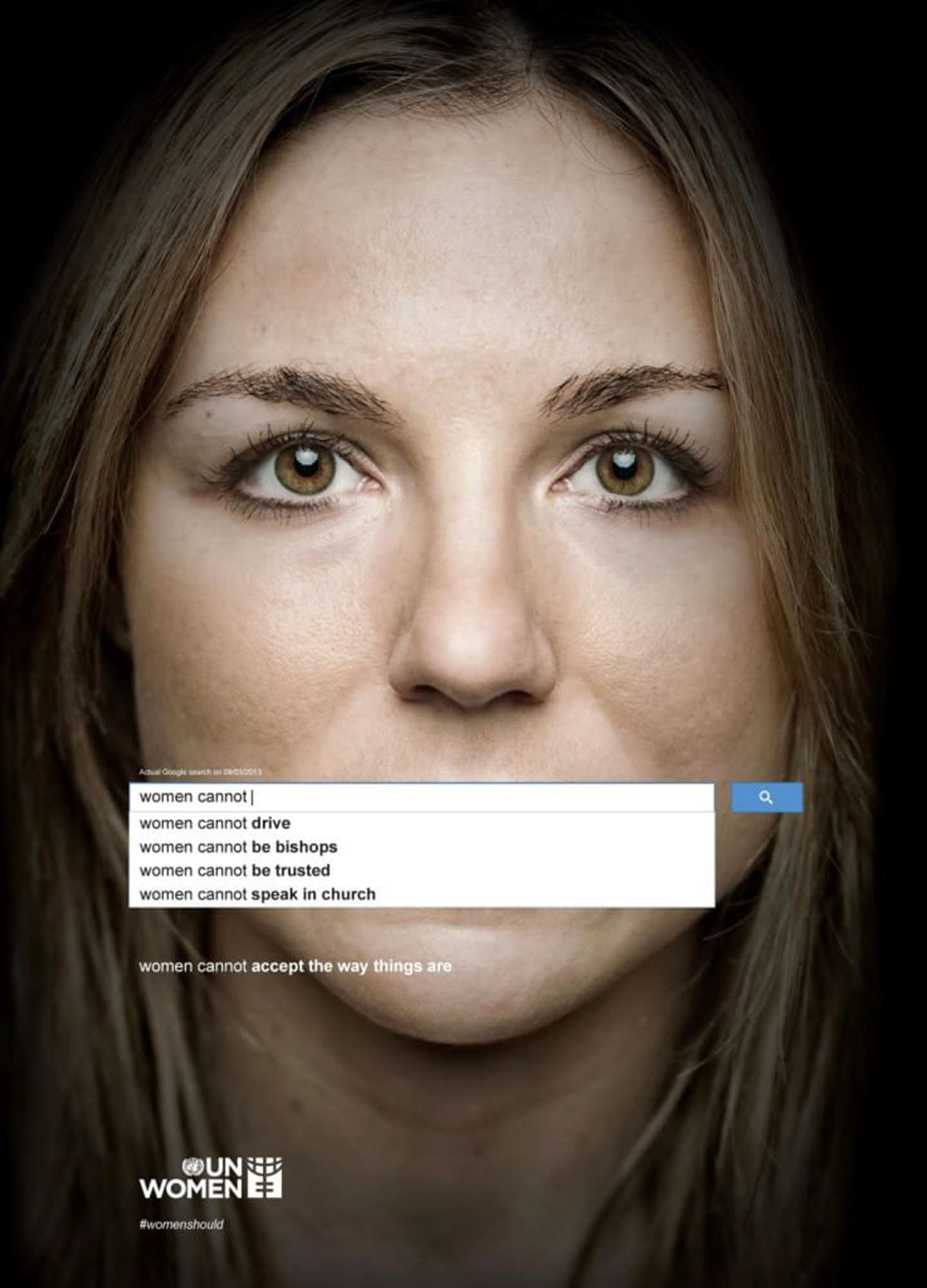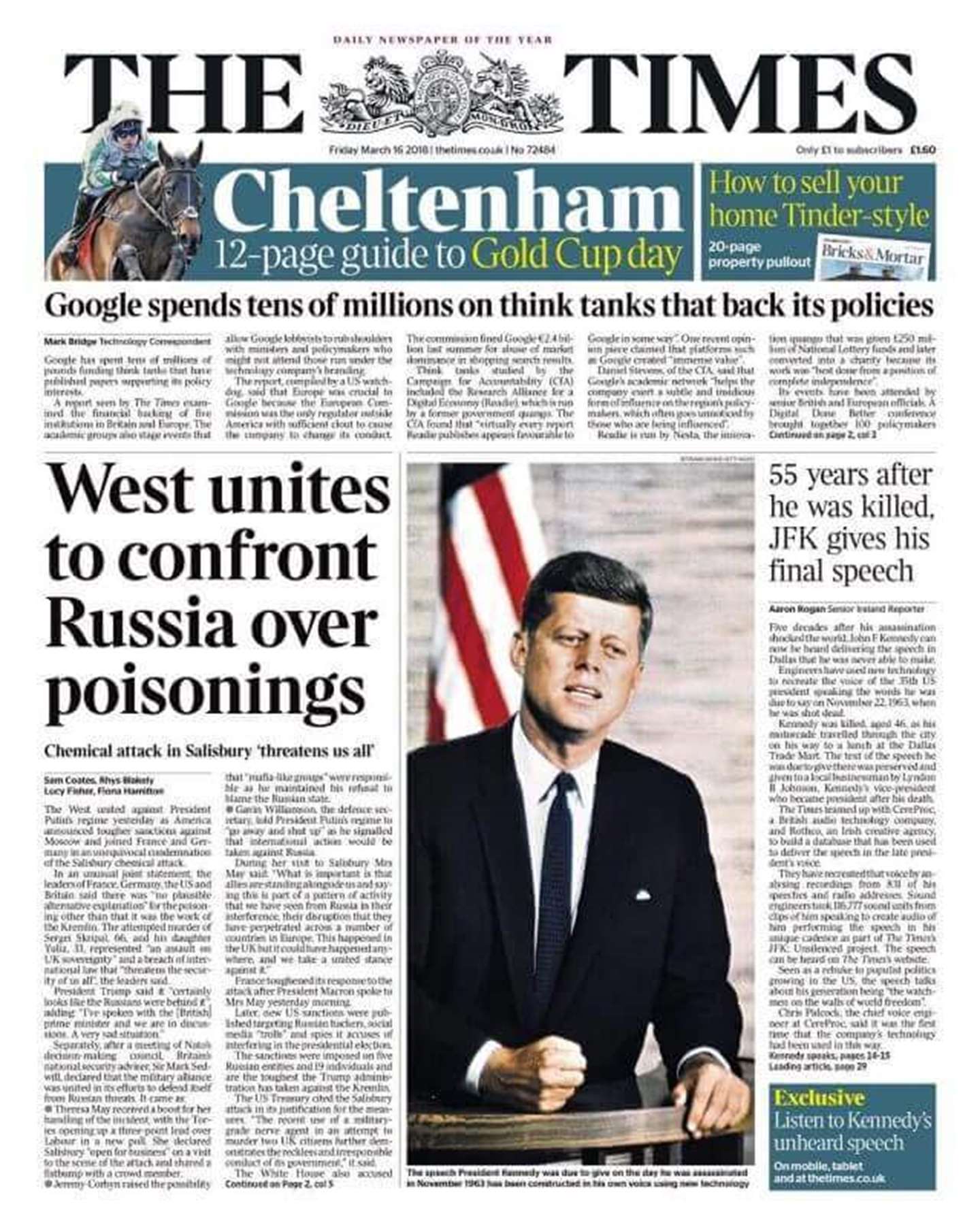This year’s IPA Effectiveness Week explores the roles of data and insight in developing powerful creative work. And it got us wondering… about the ways in which data and insights have been leveraged to deliver clever, engaging print media solutions – or at least integrated campaigns with a strong printed component.
Because, let’s face it, print probably isn’t the first channel planners and creatives think of when they decide that they’d like to do something ‘cool’ with data, even though print-led initiatives are often far more complex – and draw on many more data points – than one might imagine.
To be fair, you’d be hard-pressed to find many creatives that think about data – period. As Jason Gonsalves, CEO of Mcgarrybowen, points out: too often creatives dismiss data as “not their department” – something to interfere with their artistry or muddy the message.
But the former head of strategy at BBH – who describes data insight as his “pet subject” – insists creatives shouldn’t feel threatened by data. “It’s just an exciting new tool. Blending data with empathy and humanity provides a richer way to understand real people. And that’s better inspiration to surprise and delight them.”
Print marketing is, of course, a way to refine that understanding down to its purest form of expression – brand messaging which, when done well, is concise, clear and trusted. In other words, trust in print translates to trust in content.
Because while it might be borne out of the same ‘cold, hard stats’ that inform, say, a digital-first approach, print today still offers a refreshing transparency – while acting as an antidote to the data leaks that have bedeviled some of the world’s biggest brands in the past 12 months.
Ask a customer – particularly someone in the elder, more data-wary demographic – to tick a box online, and they’ll ask justifiable questions about where that information ends up.
But ask them to tick a physical box on a piece of printed card and they’re more likely to feel comfortable. They may know just as little about where their data ends up, but it’s something they feel they have made an informed decision on.





